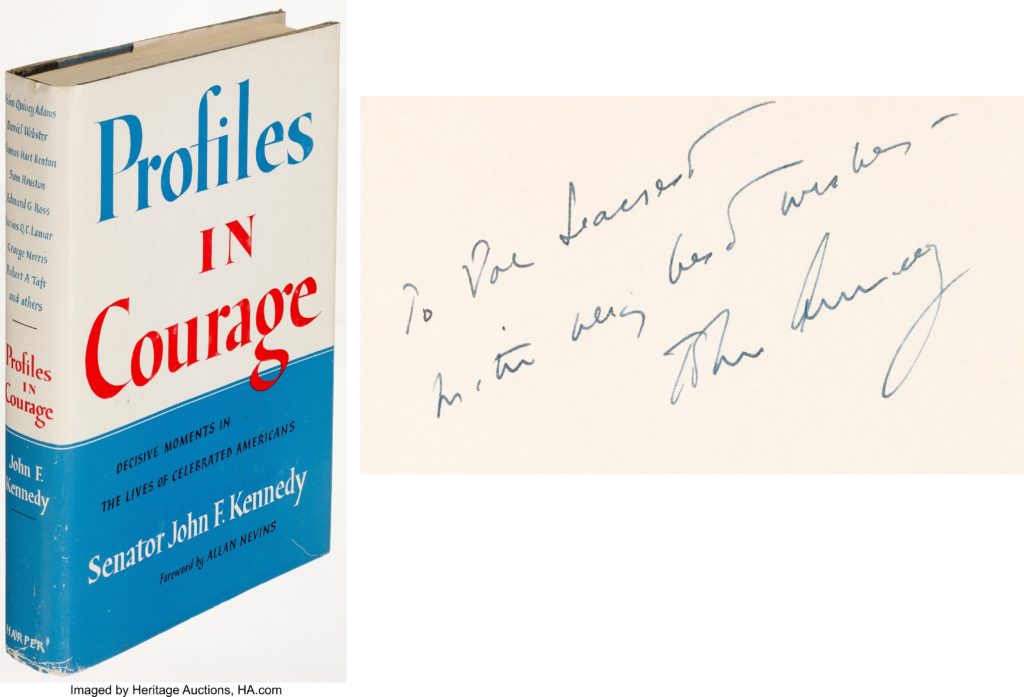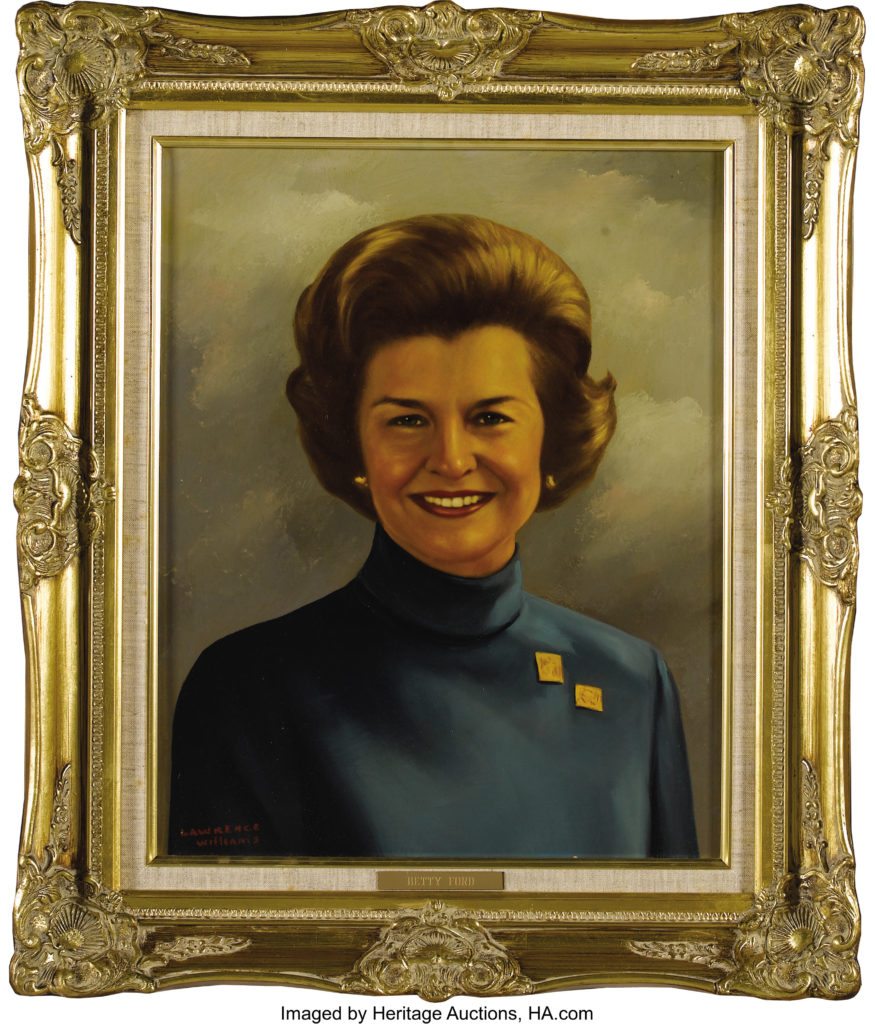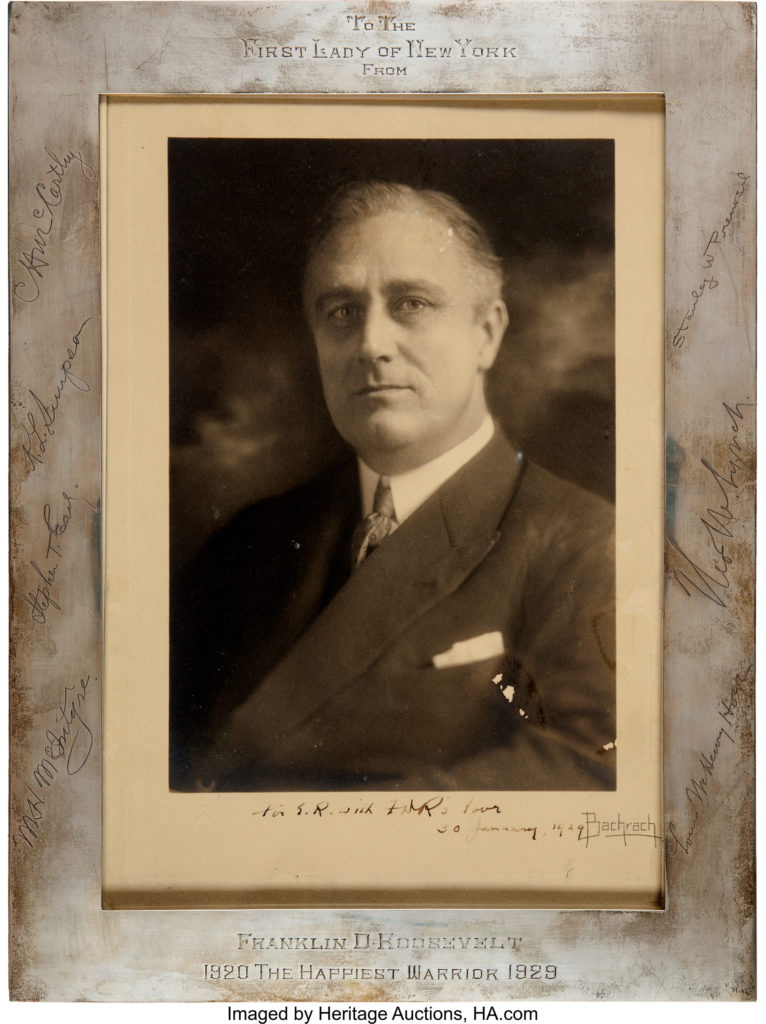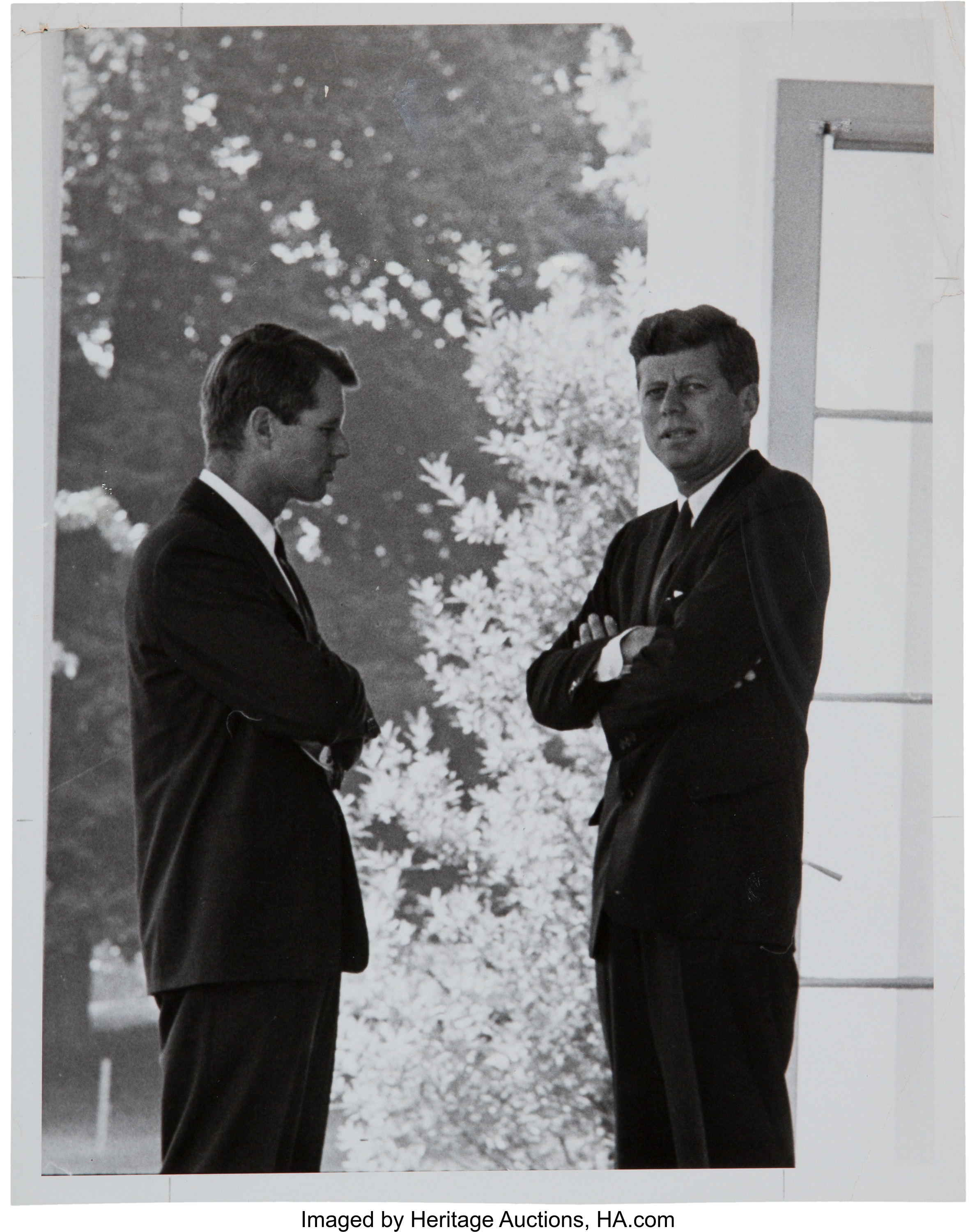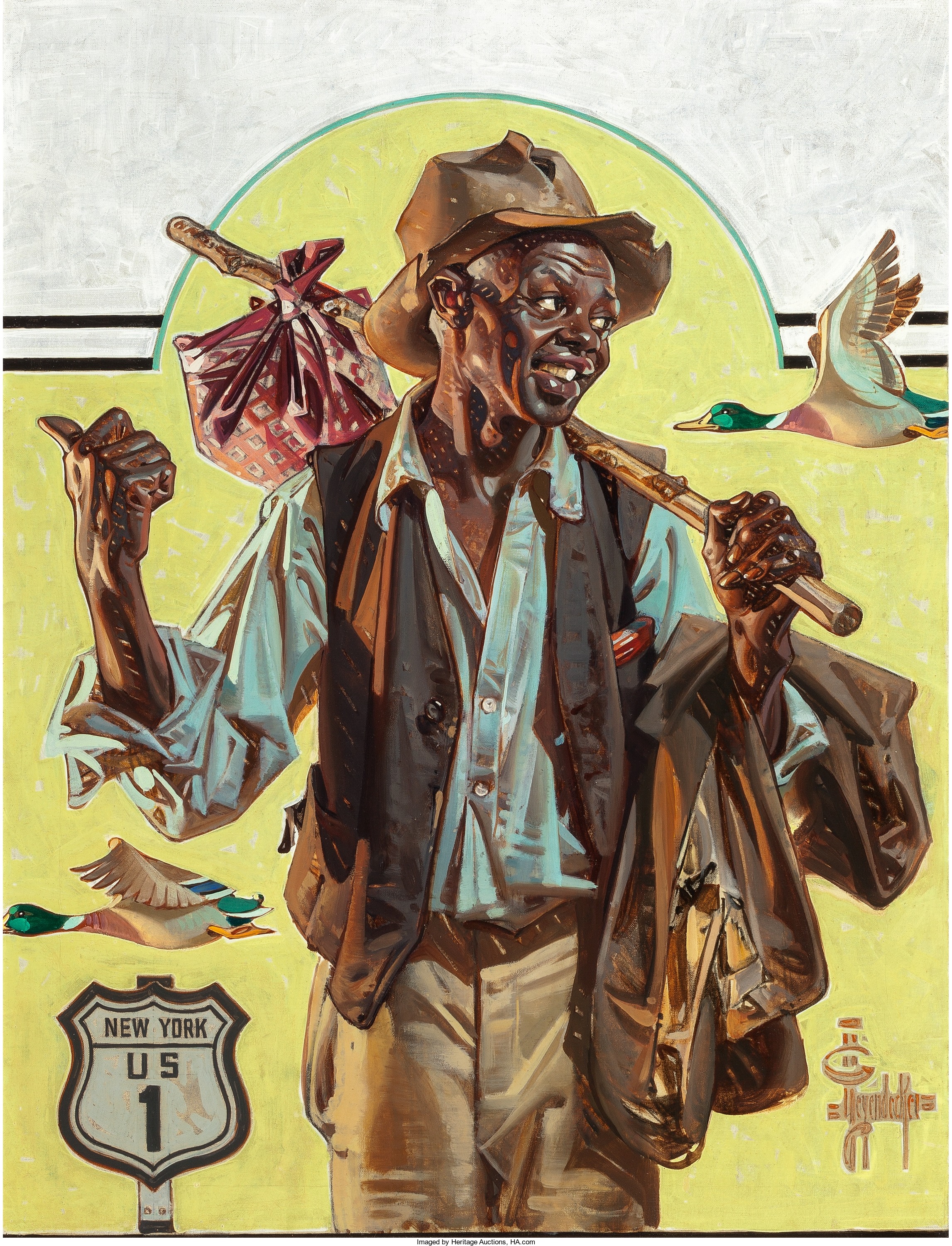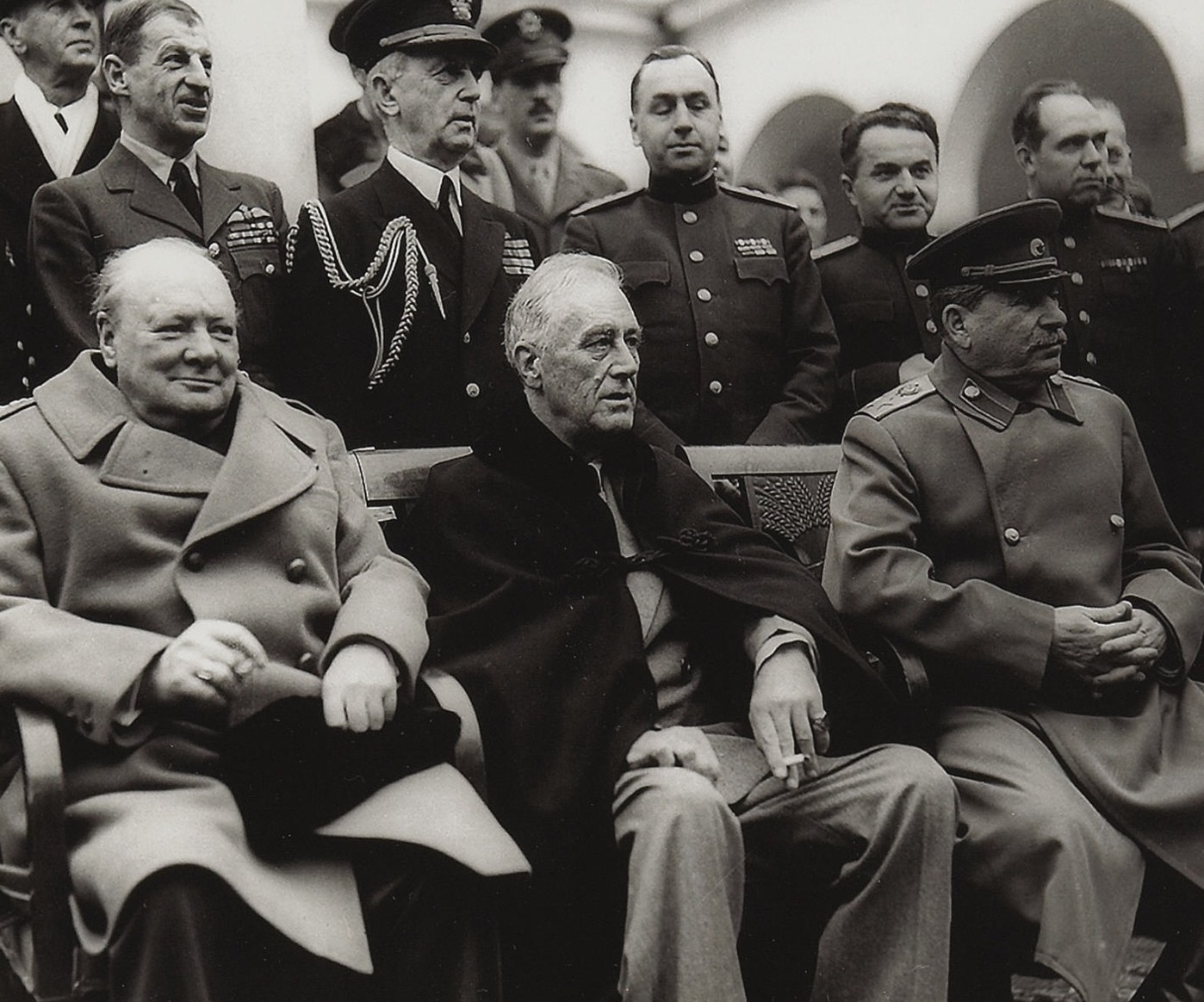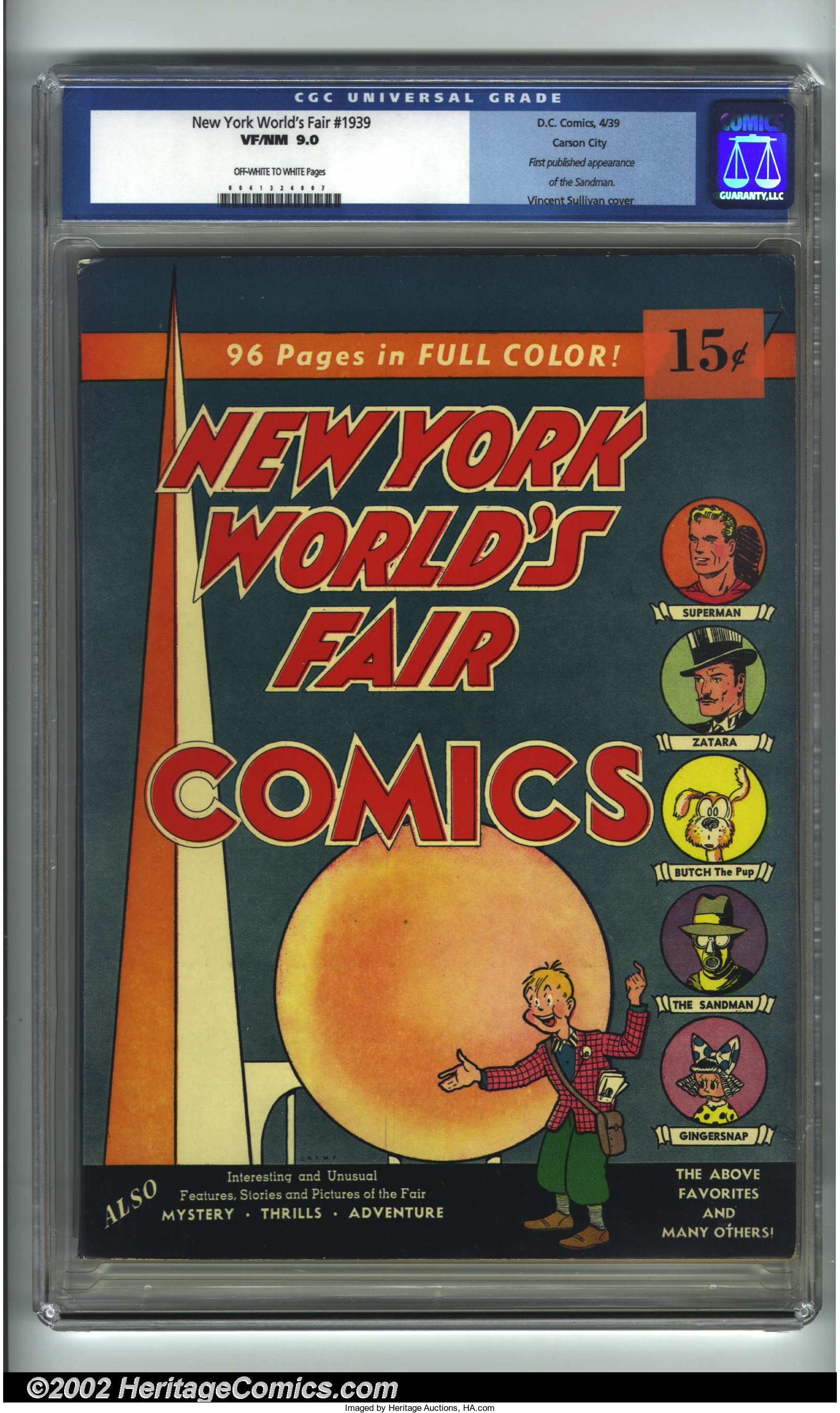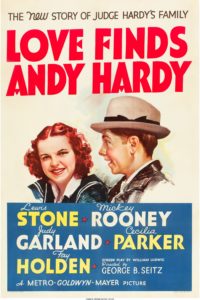
By Jim O’Neal
An old adage claims that “behind every great man stands a great woman.” There are several variations of this theme and the feminist movement of the 1970s offered a clever alternative: “Alongside every great man is a great woman.”
In political terms, President Franklin Delano Roosevelt and wife Eleanor Roosevelt (her actual maiden name) probably epitomize this concept … he with his New Deal and historic four terms as president and she with her four terms as First Lady, first delegate to the United Nations, a monthly magazine column, a weekly radio host and a civic activist. Or as Harry Truman dubbed her, “First Lady of the World.”
Pierre and Marie Curie represent another pair of great side-by-side couples, although in this case, the “great woman” probably eclipsed her husband’s accomplishments. Born in 1867, Marie Curie was the first woman to win a Nobel Prize in 1903 (which she shared with Pierre and a colleague). Then she became the first person – man or woman – to win this prestigious award twice, the second time in 1911 for her personal work in chemistry. She died on July 4, 1934, from aplastic anemia, almost certainly due to her habit of carrying test tubes of radium in her lab coat pockets. Pierre was killed when he was struck by a carriage crossing a street … probably deep in thought. It is likely he would have eventually died as Marie did since he shared her lab-exposure habits. Ironically, both are credited with the first use of the term “radioactive.”
Another category for your consideration is “Invisible Women.” Two who easily qualify are Katherine Johnson and Dorothy Vaughan, generally unknown outside a small group of space pioneers. President Obama awarded Johnson the Presidential Medal of Freedom and NASA dedicated an entire building in her honor. Vaughan was the first African-American supervisor at the National Advisory Committee for Aeronautics (NACA).
They were portrayed as unsung heroes in the 2016 movie Hidden Figures, which snagged three Oscar nominations, including Best Picture. It was the little-known story of a team of female African-American mathematicians (“human computers”) who played a vital role at NASA during the early years of the space program. Their contributions or even existence easily qualify them as prime “Invisible Women,” at least to the American public.
Another perfect example is Jessie Ann Benton Frémont, the wife of John C. Frémont. She was the daughter of prominent Missouri politician Thomas Hart Benton (1782-1858), who became a state senator when the Compromise of 1820 allowed Missouri (slave) and Maine (free) to enter the Union. He would go on to become the first U.S. senator to serve five terms. Benton had been a slave owner who later recognized the injustice of the cruel practice, putting him against his party and popular opinion in his state.
John F. Kennedy included Benton in his Pulitzer Prize-winning book Profiles in Courage as an example of a senator who lost his office over a matter of principle. Future President Teddy Roosevelt wrote a full biography of Benton focusing on his support for westward expansion. Historians credit Benton with sparking TRs interest in Manifest Destiny.
Benton’s daughter was a talented young lady who was fluent in French and Spanish and fascinated with her father’s political and western expansion activities. However, gender played a role at the time and stifled her ambitions. She eventually became involved with a youthful John C. Frémont, whose expeditions into the uncharted west would earn him the nickname “the Pathfinder.” Frémont’s activities attracted the attention of Senator Benton and, almost inevitably, of Jessie.
When they met in 1840, Jessie was a mere 16 years old – 11 years younger than John. They ended up eloping since John’s pedigree was too thin for the Benton family. It proved to be a perfect match, with Jessie creating the narrative and public relations to hype her new husband’s exploits. One of the leading explorers of Western North America, Frémont was not well known when he commanded the first of his exploits, but within a short time he became one of the most famous wilderness explorers. He was known as a gallant Army officer, highly publicized author and semi-conquistador. His timing was exquisite and Americans started naming mountains and towns in his honor before his 40th birthday.
One particular trek in 1842 included Kit Carson; they crossed the Continental Divide at a new gap in the Rockies near Wyoming. Jessie’s detailed rendition of the excursion became a sensational publication that was used as a quasi-travel guide for thousands of pioneers eager to go west! However, it was an 1845 expedition that changed the Frémonts’ life. Supposedly organized to chart a faster route to Oregon, it was really a trip to survey California should President Polk negotiate the land away from Mexico. When this occurred, they headed to San Francisco. When John spotted the bay, he gave the strait its name: the Golden Gate.
John C. Frémont would become a senator when California was admitted to the Union and in 1856 he become the first Republican candidate for president (losing to James Buchanan), but not before leaving behind another adage: “Every great man needs a woman behind him taking notes.”
 Intelligent Collector blogger JIM O’NEAL is an avid collector and history buff. He is president and CEO of Frito-Lay International [retired] and earlier served as chair and CEO of PepsiCo Restaurants International [KFC Pizza Hut and Taco Bell].
Intelligent Collector blogger JIM O’NEAL is an avid collector and history buff. He is president and CEO of Frito-Lay International [retired] and earlier served as chair and CEO of PepsiCo Restaurants International [KFC Pizza Hut and Taco Bell].


